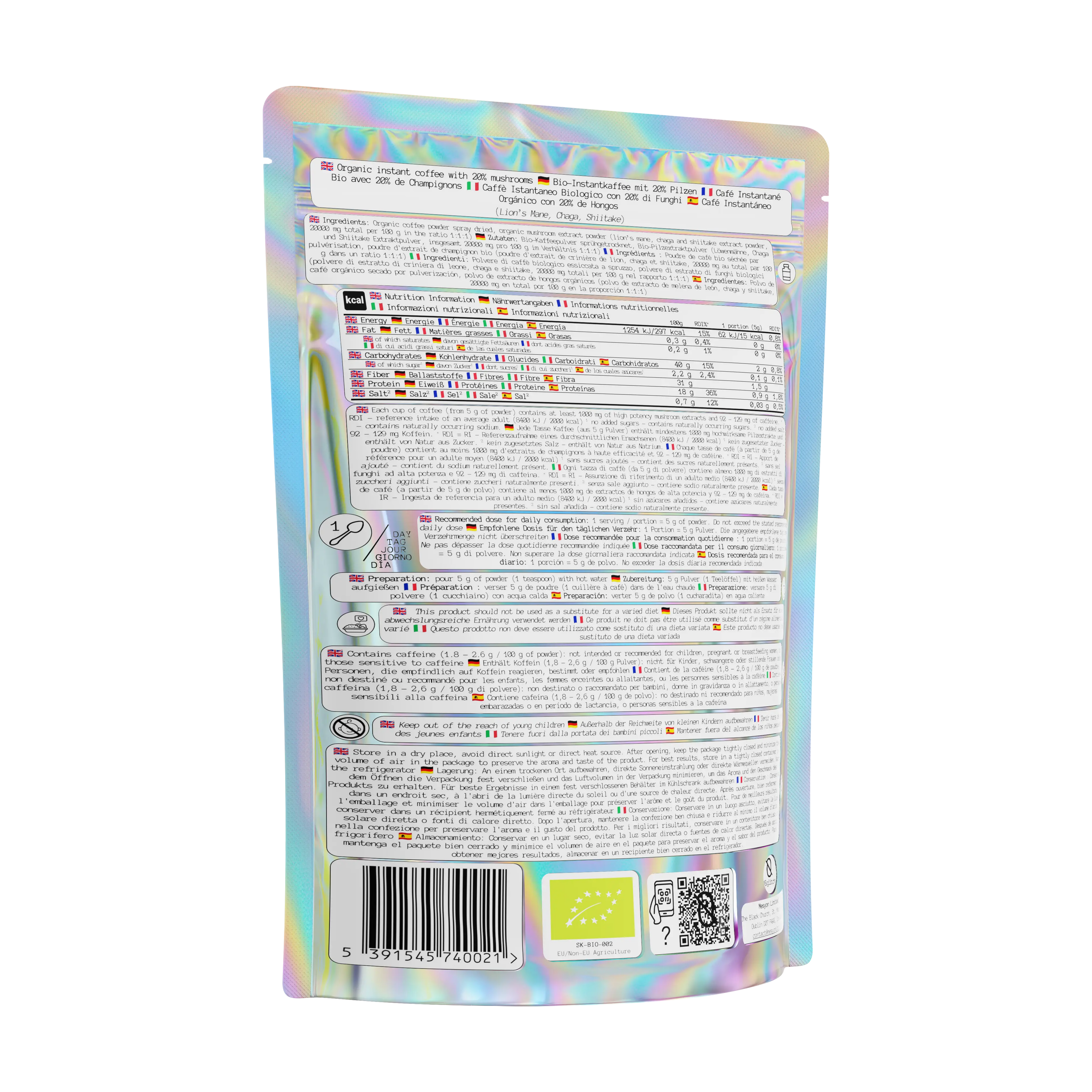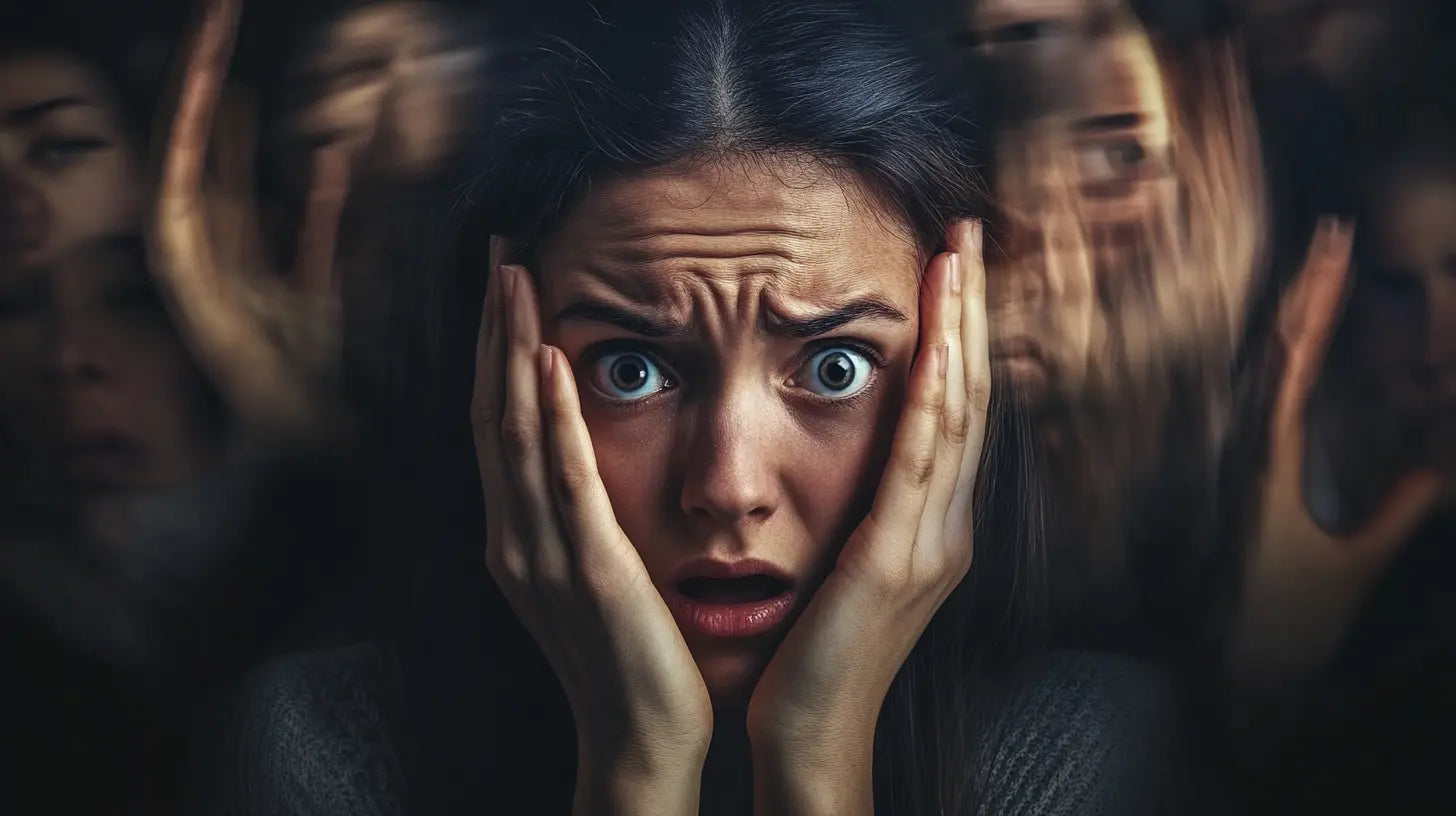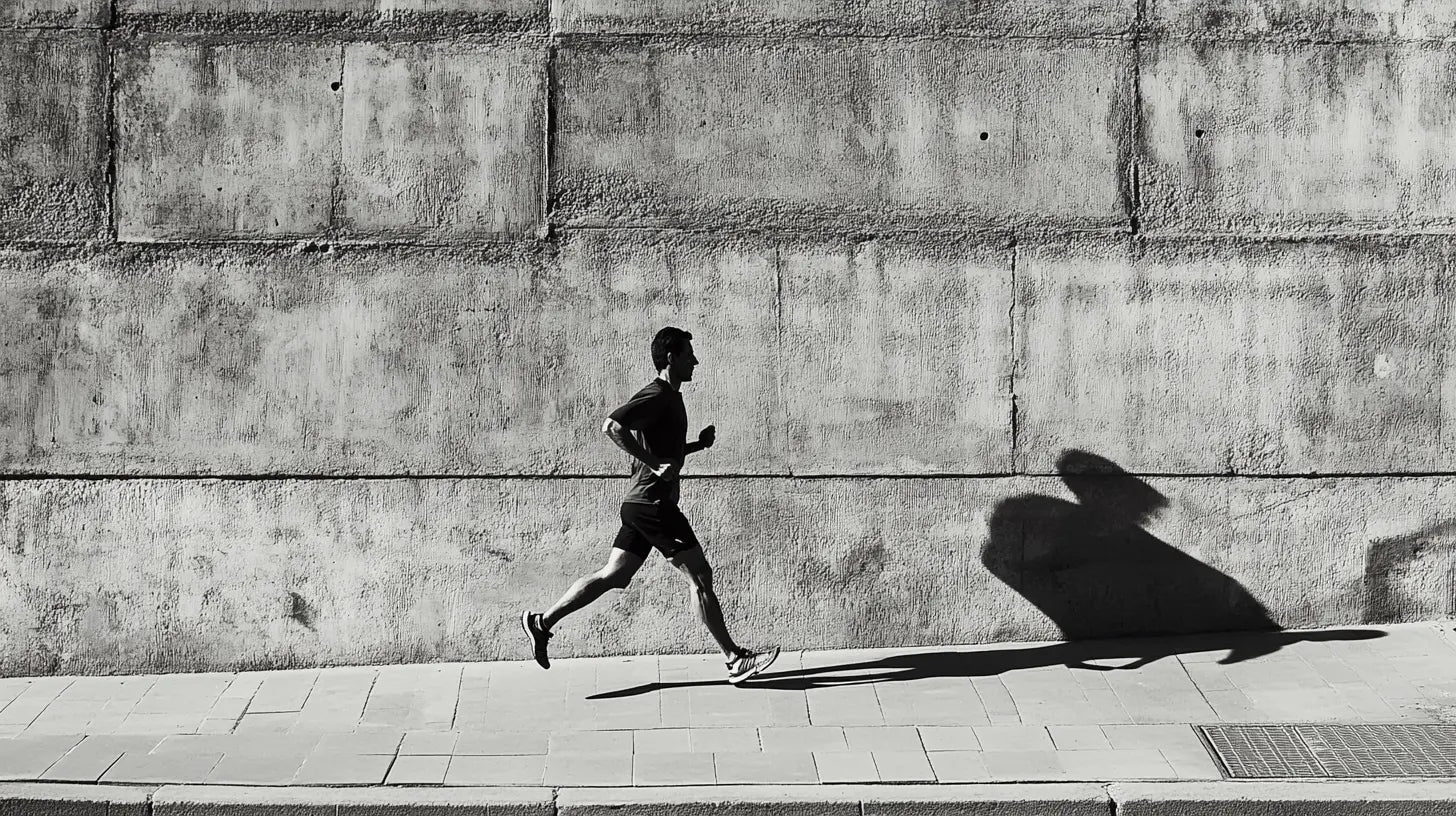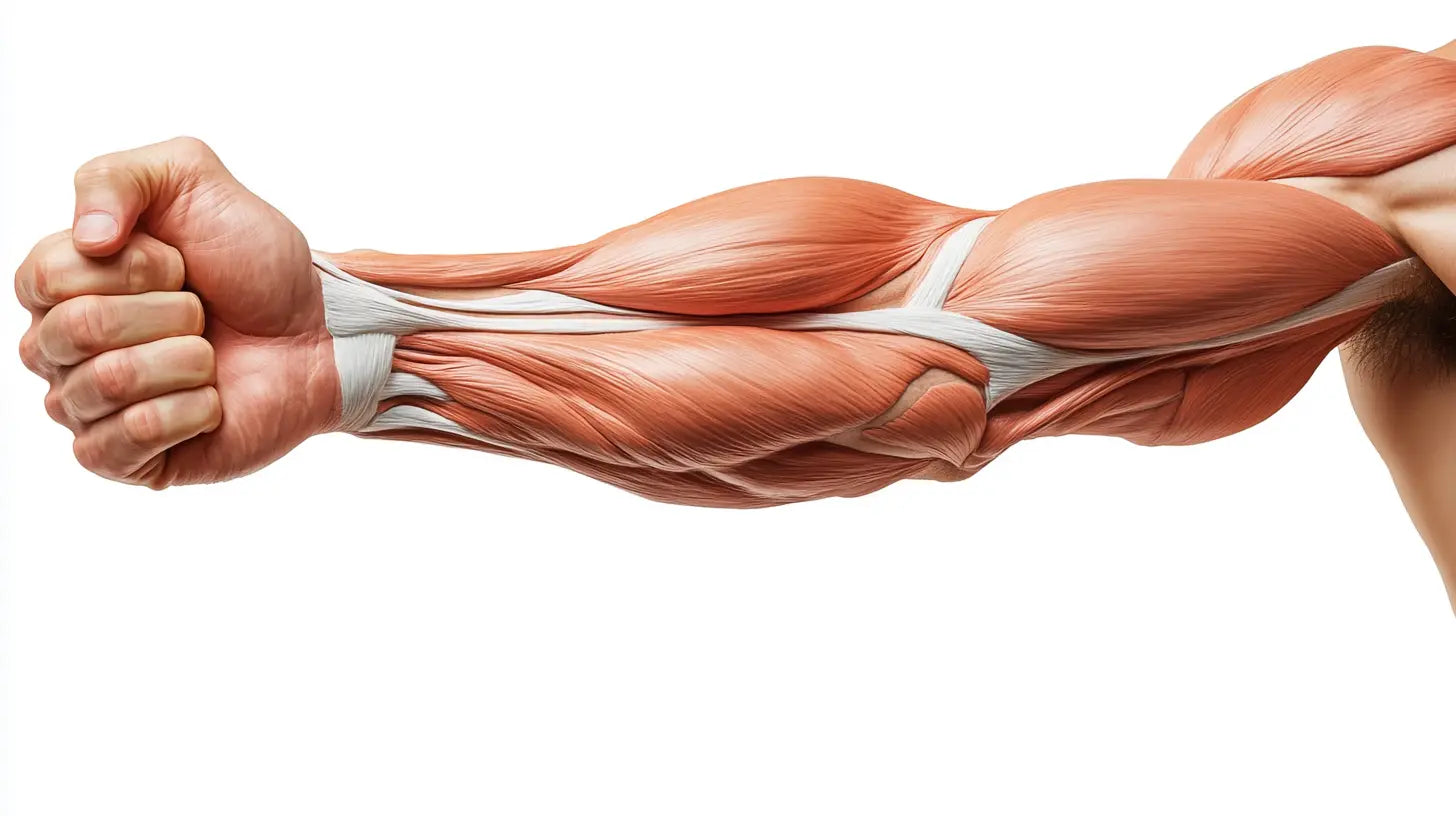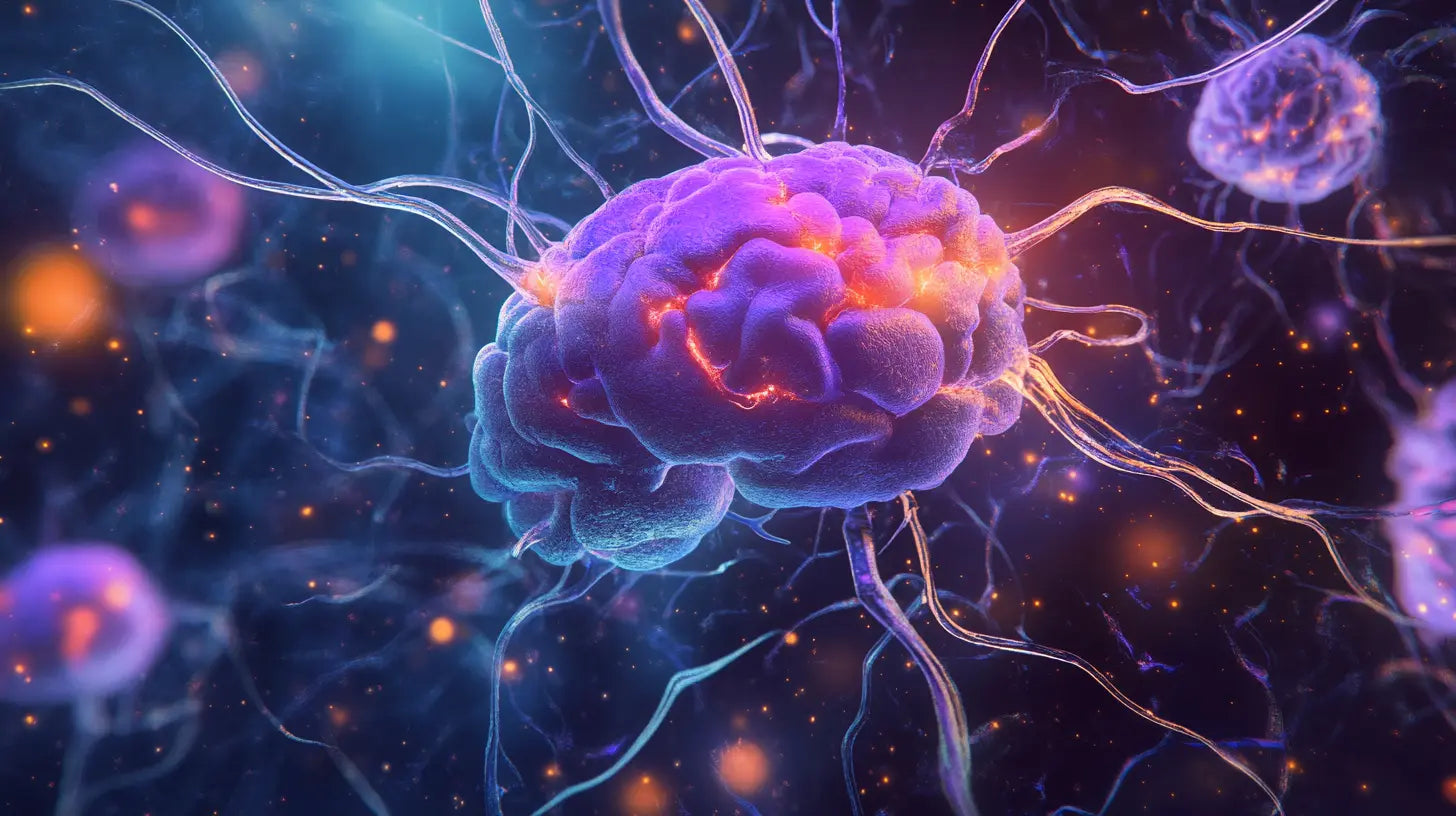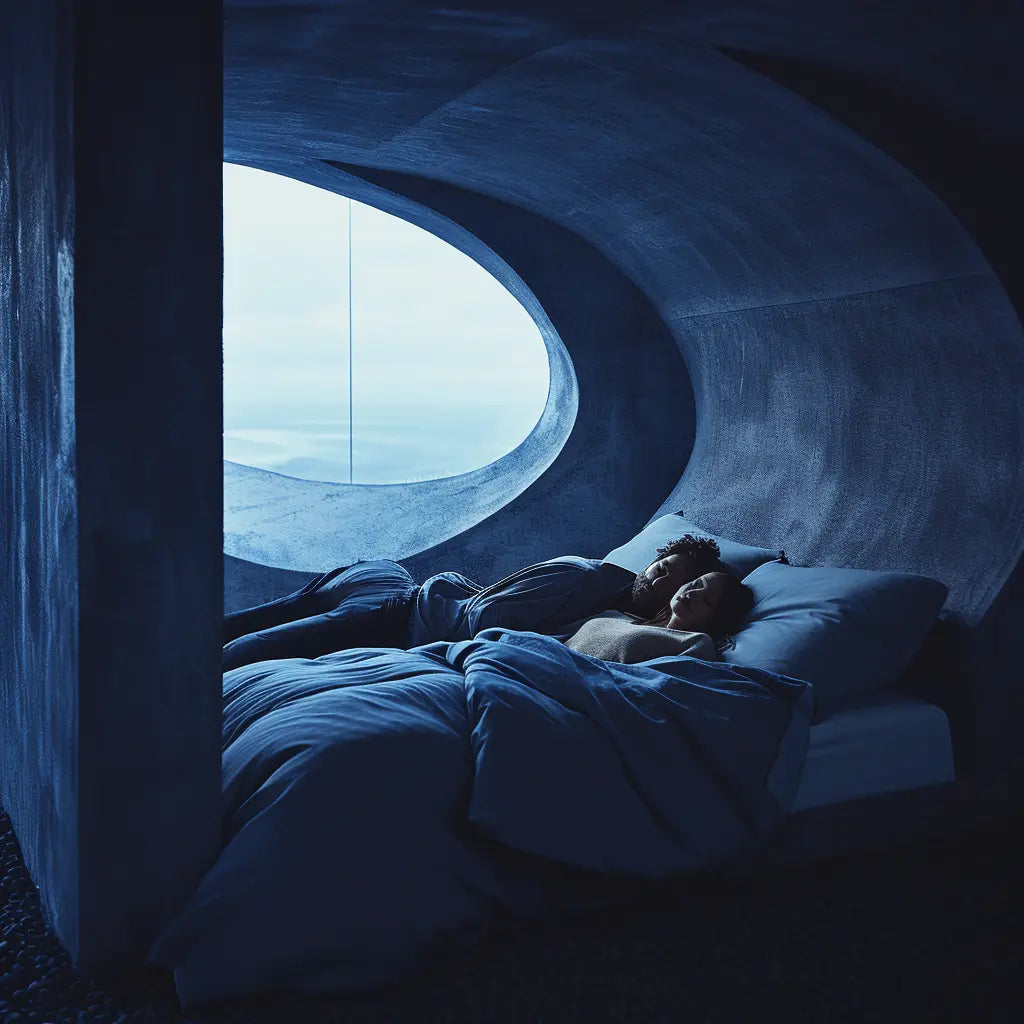
Master the art of falling asleep fast with these techniques
We've all been there: tossing and turning in bed, unable to fall asleep and feeling more tired by the minute. It's incredibly frustrating and can lead to a poor night's sleep, which can take its toll on your overall well-being. But fear not! With these methods, you'll learn how to fall asleep fast and enjoy a good night's rest.
Create an ideal sleeping environment
A comfortable and conducive environment plays a significant role in falling asleep quickly. Here are some factors to consider when setting up your bedroom for a great night's sleep:
- Temperature regulation: Keep the room at a cool temperature, ideally between 60-67°F (15-19°C), as it helps promote better sleep.
- Sound management: Minimize noise levels by using earplugs, white noise machines, or listening to soothing sounds or music.
- Light control: Ensure that your bedroom is dark enough by using blackout curtains, shades, or wearing an eye mask.
- Screens reduction: Avoid screens like smartphones, laptops, or tablets before bedtime, as the blue light emitted can disrupt your body's internal clock.
Establish a consistent sleep schedule
Your body works best on a consistent routine, so sticking to regular bedtimes and wake-up times can help improve your ability to fall asleep quickly. Over time, this schedule will allow your internal clock to adjust to the pattern, making it easier for you to nod off quickly. Additionally, avoid long naps during the day, as they can interfere with your nighttime sleep quality.
Relaxation techniques to promote sleep
Utilizing relaxation methods can help you unwind and prepare your body for sleep. Some popular techniques include:
- Muscle relaxation: Gradually tense and relax specific muscle groups, starting from your toes and working your way up towards your head.
- Breathing exercises: Focus on slowing down your breaths, inhaling deeply through your nose and exhaling through your mouth.
- Visualization: Close your eyes and Picture calming sceneries or situations that make you feel relaxed and comfortable.
- Meditation: Engage in mindfulness meditation, focusing on your breath and letting thoughts pass without judgment.
Breathing method: The 4-7-8 technique
The 4-7-8 breathing technique is widely reputed to help ease the mind and hasten the process of falling asleep. Follow these steps to try it for yourself:
- Close your eyes and part your lips slightly, relaxing your tongue against the upper front teeth.
- Inhale quietly through your nose for a count of four seconds.
- Hold your breath for a count of seven seconds.
- Exhale audibly through your mouth for a count eight seconds.
- Repeat this cycle three more times, for a total of four rounds.
While it may not work immediately, with practice, the 4-7-8 technique can serve as a helpful tool in easing the transition into sleep.
Pre-bedtime physical activities to encourage sleep
Engaging in specific physical activities close to bedtime can make it easier for you to fall asleep faster. Consider incorporating these into your night-time routine:
Take a warm bath or shower
A warm bath or shower approximately 90 minutes before bed can help signal your body that it's time to relax and sleep. The rise and subsequent drop in body temperature can induce drowsiness, leading you to nod off quickly.
Stretching exercises
Gentle stretching of muscles can be a great way to release tension and stress built up over the day. try simple stretches like neck rolls, shoulder shrugs, and calf raises to promote relaxation before bedtime.
Pressure points to improve sleep quality
Massaging certain pressure points is believed to encourage sleep by calming the nervous system. Three popular pressure points are:
- The palm valley (Lao Gong): Located at the center of your palm, applying moderate pressure on this point with your thumb for one minute can aid in relaxation.
- The foot couch (Shen Men): Found between the achilles tendon and the first bone of the lateral malleolus, massaging this spot may also have a calming effect.
- Third eye (Yin Tang): Positioned between your eyebrows, press gently with your index finger for one minute to enable relaxation and alleviate stress.
By practicing these methods consistently, you'll soon find yourself able to drift off to sleep quickly and efficiently. Remember, results may differ for each individual - give yourself time, patience, and persistence in developing techniques that work best for you to achieve optimal rest and rejuvenation.
0 comments
Disclaimer
The information in this article is for educational and informational purposes only. If this article discusses psychedelics, supplements, or wellness practices, it is not intended to promote, endorse, or encourage illegal activities or unverified health claims.
n0glitch does not sell or distribute psychedelic substances and does not provide medical, legal, or professional advice. Always consult a qualified healthcare provider before making health-related decisions.
Laws regarding psychedelics and supplements vary by country and region. Please research and comply with local regulations.


